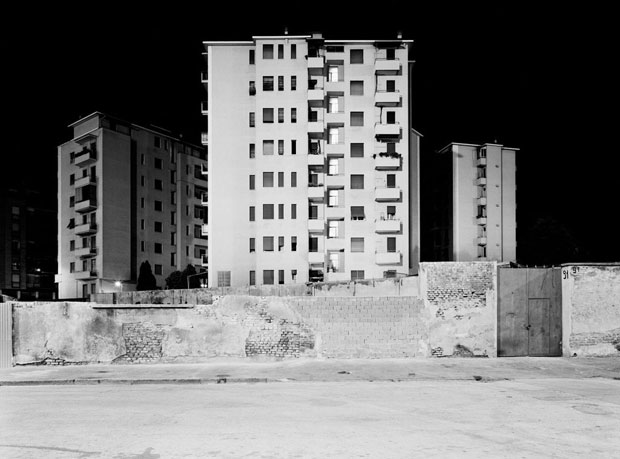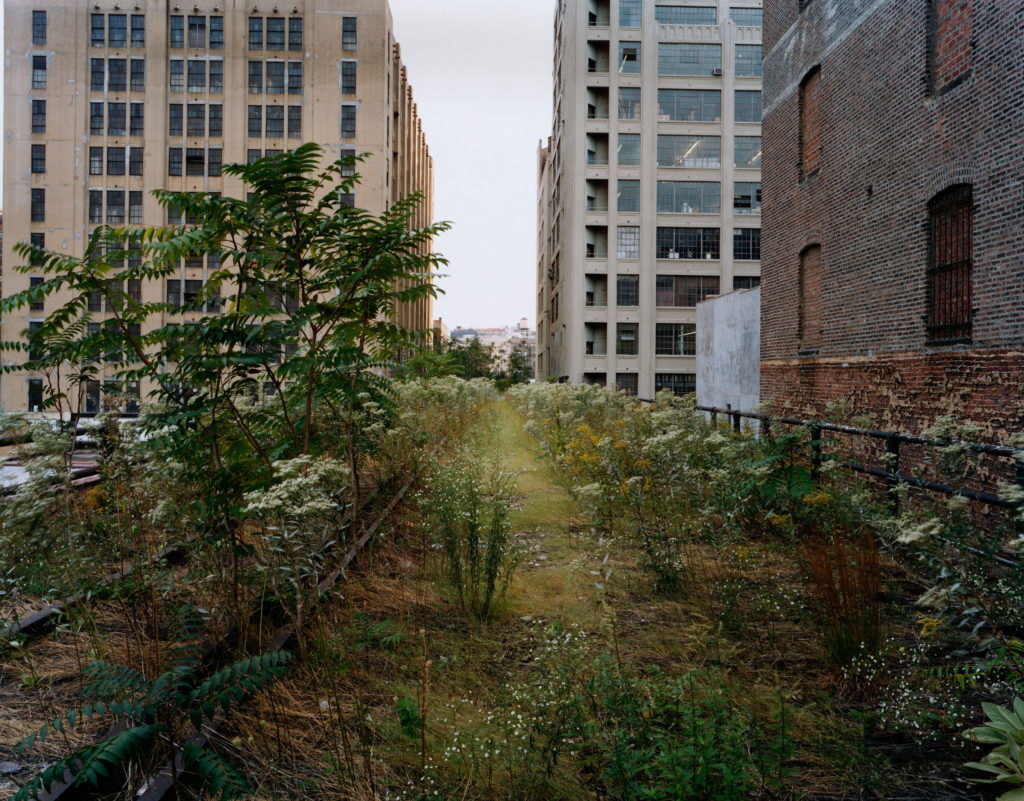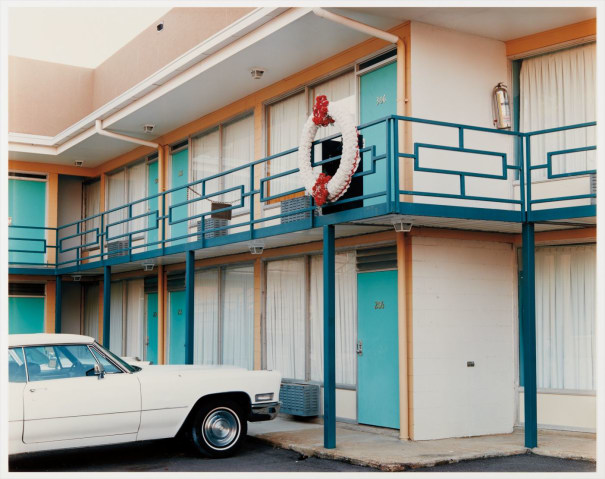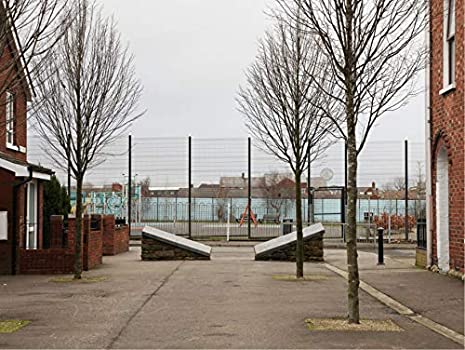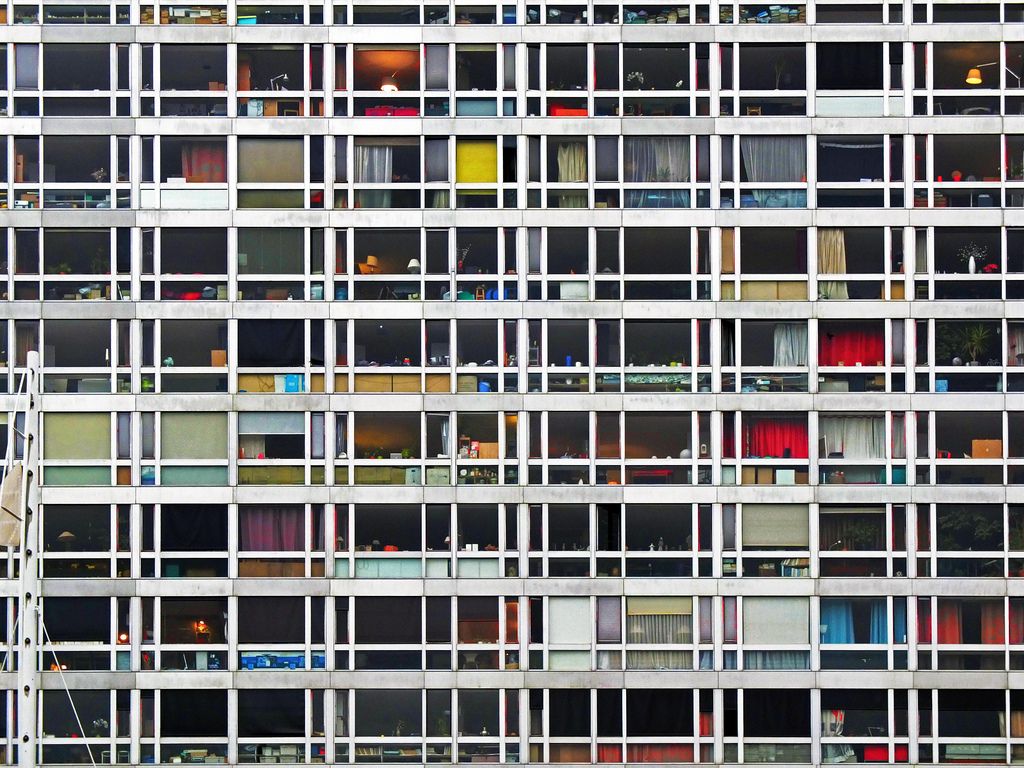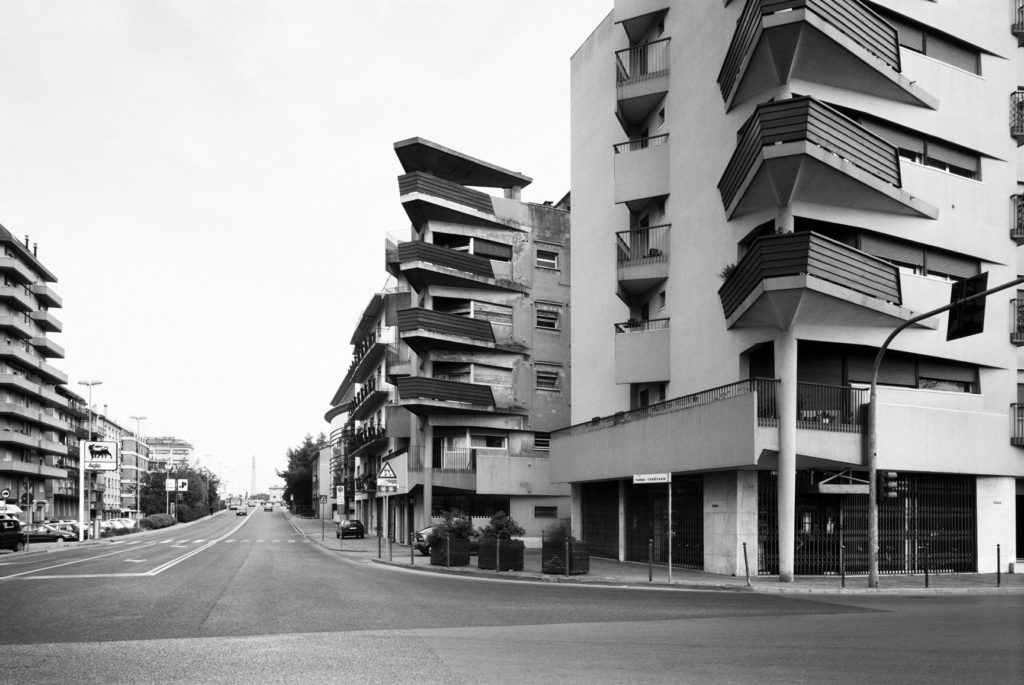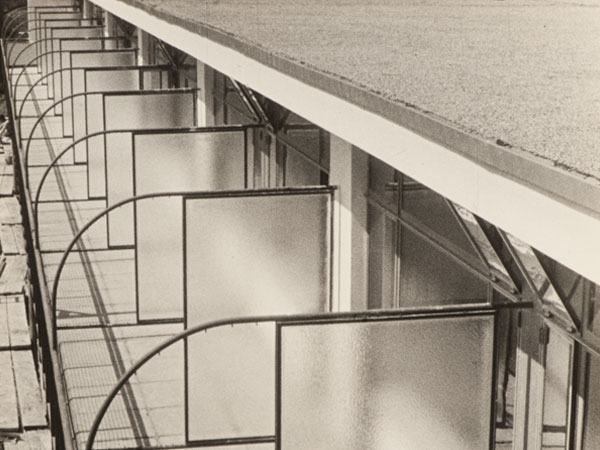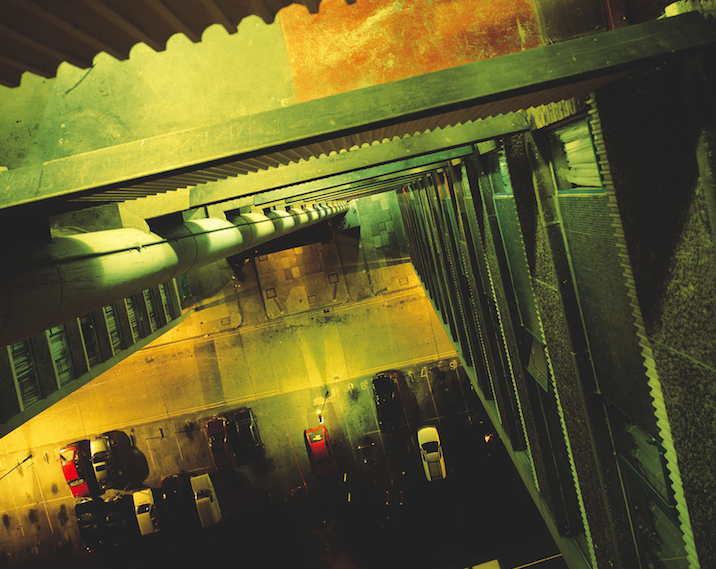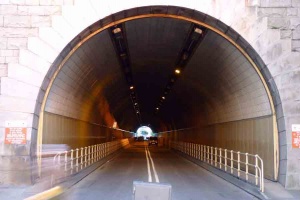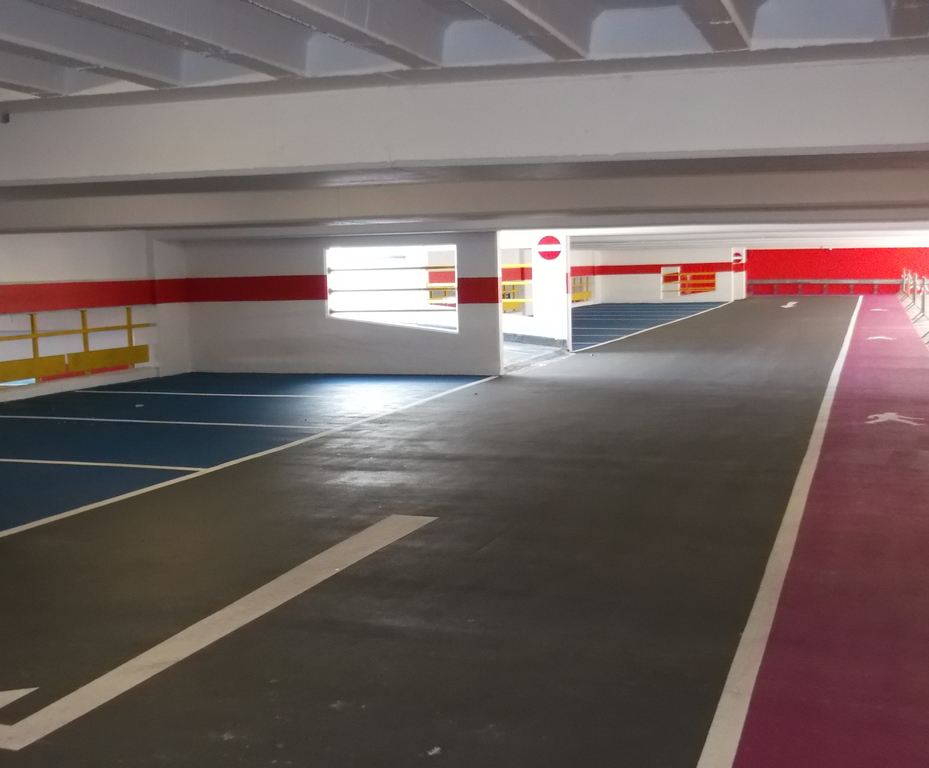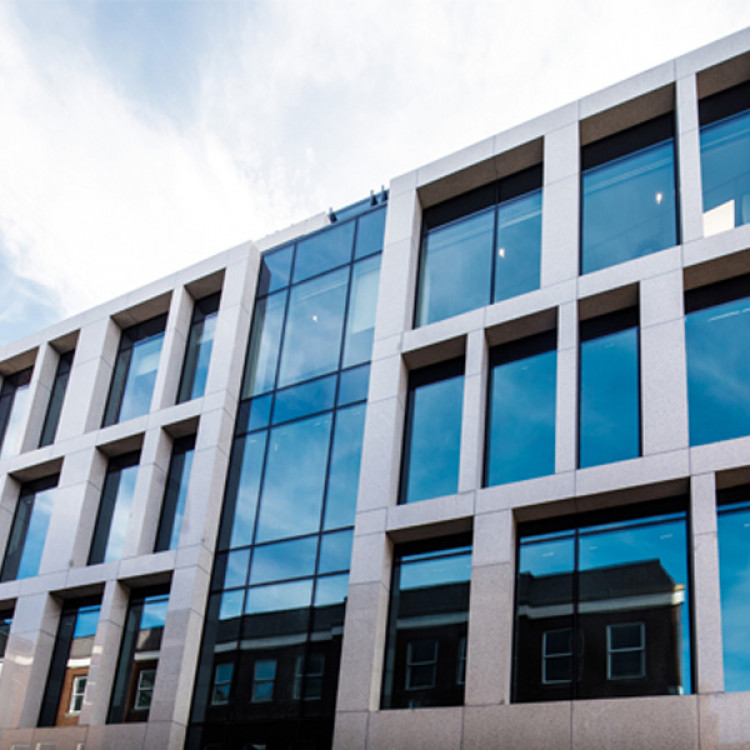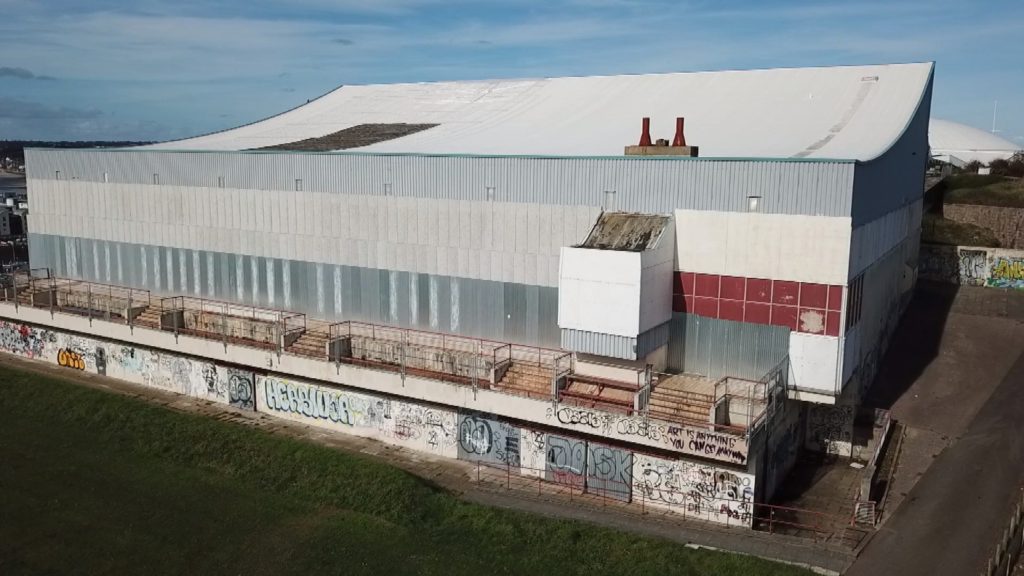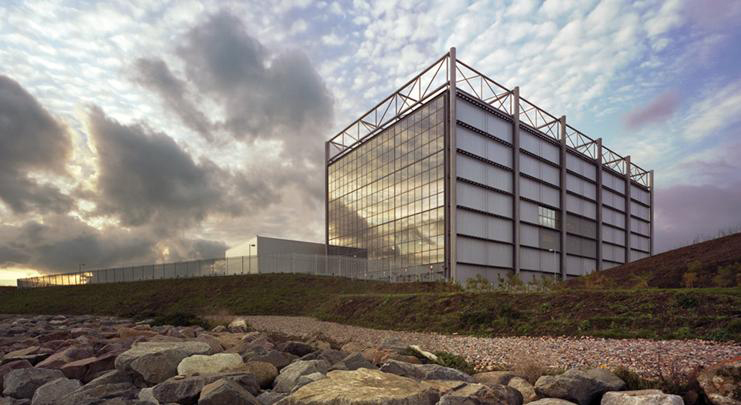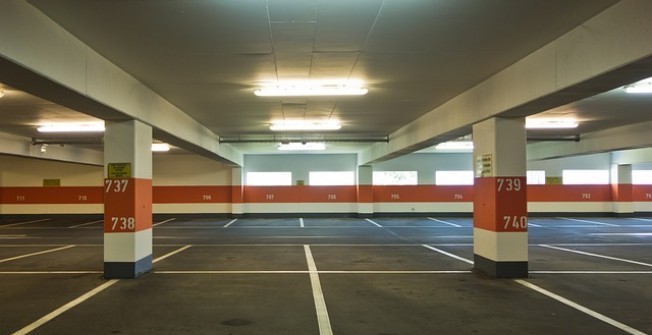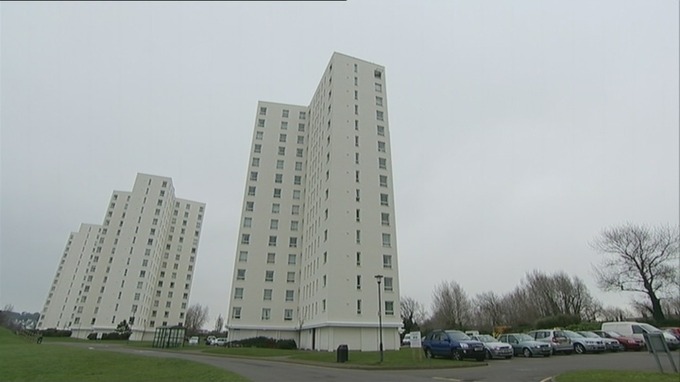FOCUS : URBAN AND INDUSTRIAL LANDSCAPES
You will be learning about photographing man-altered landscapes and The New Topographics over the next 2 weeks and will be shown inspiration, influences, background and theory…and will be taken on at least 1 x guided photo-walk.

You should aim to produce 150-200 images (minimum requirement) in your own time…
Check your EXPOSURE SETTINGS according to the light and what you are photographing…
Explore these options…
- St Helier
- Residential areas
- Housing estates
- Retail Parks and shopping areas
- Industrial Areas
- Car Parks (underground and multi-storey too)
- Leisure Centres
- Building sites
- Demolition sites
- Built up areas
- Underpass / overpass
- The Waterfont
- Harbours
- Airport
- Finance District (IFC buildings)
NIGHT PHOTOGRAPHY
Many urbanised areas are great to photograph at night or in low light conditions…

Remember to…
- use a tripod
- use slow shutter speeds (experiment with your TV Mode / Shutter speeds !
- be safe…take a friend and let your parents know where you are going

Aim for…
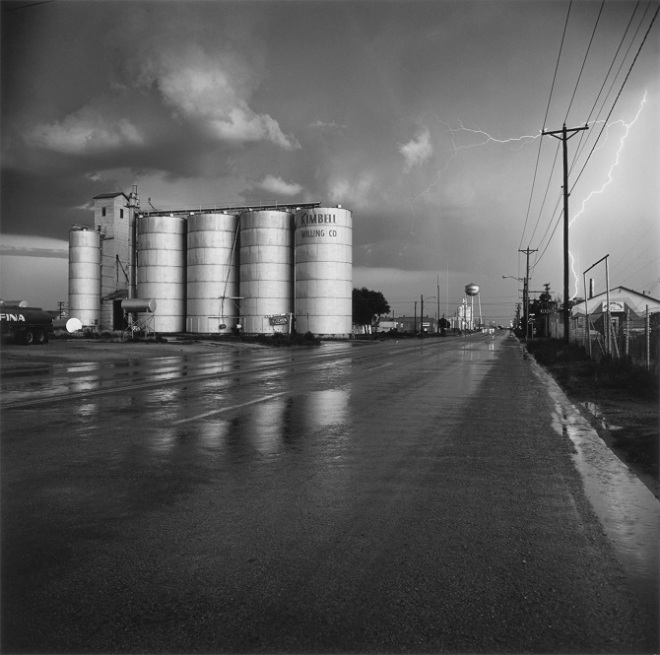

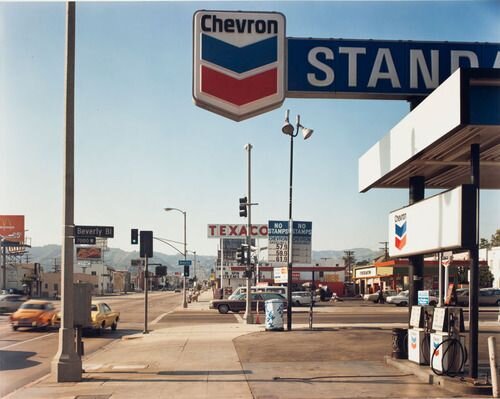
Due Date = Friday 25th March
Watch…
Over the next two weeks you will be looking at producing blog posts and responding photographically to:
- New Topographics
- Urban Landscapes
- Industrial Landscapes
- Camera Skills – vantage points
The New Topographics
New Topographics was a term coined by William Jenkins in 1975 to describe a group of American photographers (such as Robert Adams and Lewis Baltz) whose pictures had a similar banal aesthetic, in that they were formal, mostly black and white prints of the urban landscape…
The beginning of the death of “The American Dream”
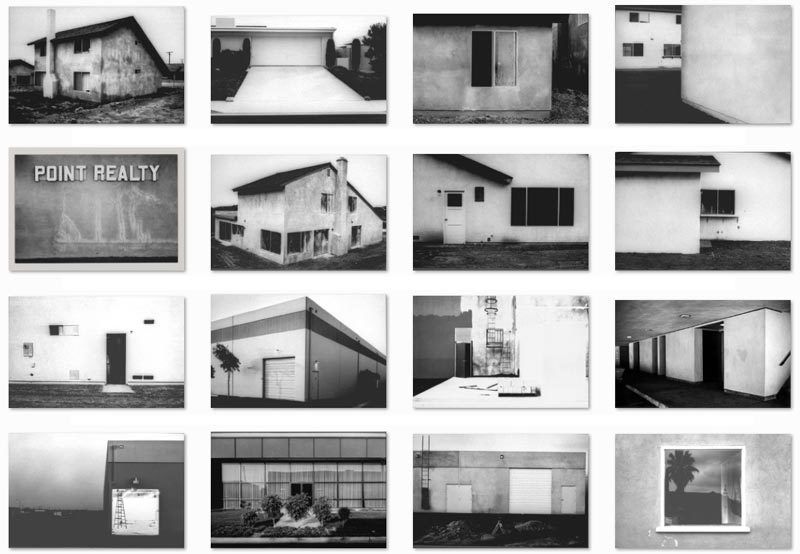
Many of the photographers associated with The New Topographics including Robert Adams, Lewis Baltz, Nicholas Nixon and Bernd and Hiller Becher, were inspired by the man-made…selecting subject matter that was matter-of-fact.
New Topographics inspired by the likes of Albert Renger Patszch and the notion of The New Objectivity
Parking lots, suburban housing and warehouses were all depicted with a beautiful stark austerity, almost in the way early photographers documented the natural landscape. An exhibition at the International Museum of Photography in Rochester, New York featuring these photographers also revealed the growing unease about how the natural landscape was being eroded by industrial development.
Look at how the New Topographics approach has inspired landscape photography and the way we document our surroundings / the way we are using and transforming the land.
You should look at photographers such as…
- Joel Sternfeld
- Gabriel Basilico
- Andreas Gursky
- Edward Burtynsky
- Richard Misrach
- Sze Tsung-Leong
- Thomas Struth
- Peter Mitchell
- Paul Graham
- Donovan Wylie
- Ed Ruscha
- Rut Blees Luxemburg
What do I photograph?
ROADS / BUILDINGS / STREETS / ST HELIER / FLATS / CAR PARKS / OFFICE BLOCKS / PLAYING FIELDS / SCHOOL / SHOPS / SUPERMARKETS / BUILDING SITES / TRAFFIC / HOTELS
Where to shoot ?
ORDANCE YARD / ST AUBINS HIGH STREET / COBBLED BACK STREETS / OLD ST HELIER / NEW ST HELIER / FLATS / ESPLANADE / TOWN / CAR PARKS / FORT REGENT / FINANCE DISTRICT / UNDERPASS / TUNNEL / NIGHT TIME / PIER ROAD CAR PARK / HUE COURT / LE MARAIS FLATS / PLAYING FIELDS / SCHOOLS / ANN STREET BREWERY BUILDING SITE / SPRINGFIELD STADIUM
TASK ONE
- Research and explore The New Topographics and how photographers have responded to man’s impact on the land, and how they found a sense of beauty in the banal ugliness of functional land use…
- Create a blog post that defines and explains The New Topographics and the key features and artists of the movement.
- ANSWER : What was the new topographics a reaction to?
TASK TWO
- A case study on your chosen NEW TOPOGRAPHIC landscape photographer. Choose from…ROBERT ADAMS, STEPHEN SHORE, JOE DEAL, FRANK GOLKHE, NICHOLAS NIXON, LEWIS BALTZ, THE BECHERS, HENRY WESSEL JR, JOHN SCHOTT ETC to write up a case study that will inspire your own photography.
- Analyse one image of this photographers work. Use the vocabulary support sheet to help. https://hautlieucreative.co.uk/photo22al/2020/08/20/photo-vocab-support/
TASK THREE
- Produce a list of places in Jersey you could go and shoot urban landscapes. Create a blog post of a visual mood board and photo shoot plan. Scrapyards, building sites, cranes, restoration yards, derelict ruins, car parks, underpass, harbours and dockyards, industrial centres, retail park, Stadiums, floodlight arenas, staircases, road systems, Circuit boards, pipework, telephone poles, towers, pylons, Shop displays, escalators, bars, libraries, theatres and cinemas, Gardens, parks, playgrounds, swimming pools, etc.
- Possible titles to inspire you and choose from… Dereliction / Isolation / Lonely Places / Open Spaces / Close ups / Freedom / Juxtaposition / Old and new / Erosion / Altered Landscapes / Utopia / Dystopia / Wastelands / Barren / Skyscapes / Urban Decay / Former Glories / Habitats / Social Hierarchies / Entrances and Exits / Storage / Car Parks / Looking out and Looking in / Territory / Domain / Concealed and Revealed
TASK FOUR
- First photoshoot inspired and influenced by your first chosen urban landscape photographer. (+100 photographs). Can be any urban landscape photographer, but remember to include a brief case study and examples of their work that have influenced your work.
- Select, consider and decide on best images (show contact sheets)
- Develop ideas through digital manipulation (ie: cropping, contrast, colour balance etc.)
- Realise a final outcome.
TASK FIVE
- Second photoshoot inspired and influenced by your second chosen urban landscape photographer. see list below URBAN PHOTOGRAPHERS (+100 photographs). Can be any urban landscape photographer, but remember to include a brief case study and examples of their work that have influenced your work.
Ensure you experiment with different vantage points eg: worms eye view etc. - Select, consider and decide on best images (show contact sheets)
- Develop ideas through digital manipulation (ie: cropping, contrast, colour balance etc.)
- Realise a final outcome.
TASK SIX
- Select one of your photographs to compare and contrast against one photograph of your chosen photographer.
- Create a venn diagram to illustratethe similarities and differences between the images.
- Using this information and prompts from the Photo Vocab Sheet write an in depth and thorough analysis. https://hautlieucreative.co.uk/photo22al/2020/08/20/photo-vocab-support/


